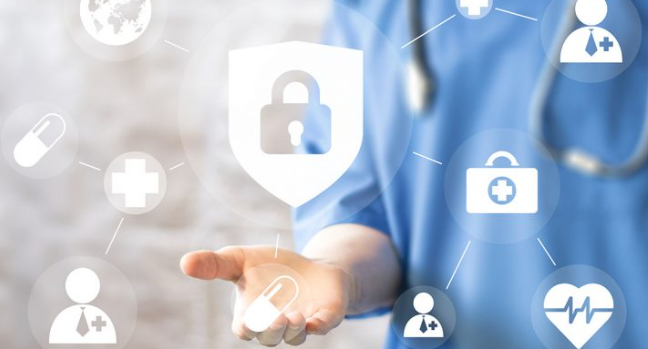
In today’s digital age, the protection of health information has become paramount. Patient health data stands as one of the most sensitive pieces of personal information. As healthcare organizations increasingly rely on digital platforms to store and manage patient records, the risk of data incidents or breaches also escalates. With data spread across multiple applications and devices, ensuring its safety from potential threats becomes a complex challenge. Safetica, a trusted Data Loss Prevention and Insider Risk Management Solution, understands these challenges all too well. Let’s delve into the importance of health information protection and the best practices to bolster data security in the healthcare sector.
The Importance of Protecting Health Information
Patient health data is not just a collection of medical records; it’s a treasure trove of sensitive information that includes personal identifiable information (PII), medical history, and even financial details. Unauthorized access or leakage of this data can lead to severe consequences, both for patients and healthcare organizations.
- Trust and Reputation: Patients entrust healthcare providers with their most private details. A breach can erode this trust, leading to damaged reputation and loss of patients.
- Legal and Regulatory Compliance: Healthcare organizations are bound by regulations like HIPAA (Health Insurance Portability and Accountability Act) in the U.S., which mandates the protection of patient health information. Non-compliance can result in hefty fines and legal consequences.
- Financial Implications: Data breaches can lead to financial losses due to legal penalties, remediation costs, and loss of business.
Given these implications, healthcare organizations must prioritize health information protection to maintain patient trust, comply with regulations, and safeguard their financial well-being.
Best Practices for Boosting Data Security
Healthcare organizations can take proactive steps to enhance their data security and build patient trust. Here are some best practices recommended by Safetica:
- Implement Data Encryption: Encrypting patient health data ensures that even if unauthorized users gain access, they cannot decipher the information. Use strong encryption algorithms to protect data both at rest and in transit.
- Multi-Factor Authentication (MFA): Implement MFA for accessing sensitive systems and applications. This adds an extra layer of security by requiring users to verify their identity through multiple methods like passwords, biometrics, or tokens.
- Regular Data Backups: Regularly backup patient data and store it securely. In the event of data loss or a ransomware attack, backups ensure that data can be restored without significant disruption.
- Employee Training and Awareness: Educate employees about the importance of data security, common threats like phishing attacks, and best practices to follow. A well-trained workforce can be your first line of defense against data breaches.
- Access Control: Implement strict access controls to ensure that only authorized personnel can access patient health information. Regularly review and update access permissions based on roles and responsibilities.
- Monitoring and Auditing: Monitor access to sensitive data and maintain audit trails to track any unauthorized or suspicious activities. Regularly review logs and conduct security audits to identify and address vulnerabilities.
- Incident Response Plan: Develop and maintain an incident response plan to handle data breaches effectively. This plan should outline the steps to take in the event of a breach, including notification of affected parties, containment of the breach, and remediation.
Conclusion
Protecting health information is a shared responsibility that requires collaboration between healthcare organizations, employees, and technology providers like Safetica. By implementing these best practices, healthcare organizations can strengthen their data security, mitigate risks, and build patient trust.
Safetica’s Data Loss Prevention and Insider Risk Management Solution are designed to detect sensitive data, stop data breaches, and protect companies against insider threats. With Safetica, healthcare organizations can run their operations without the risk of losing valuable intellectual property, personal identifiable information (PII), or other business-critical data.
In an era where data breaches are increasingly common, prioritizing health information protection is not just a best practice—it’s a necessity. By adopting a proactive approach to data security and leveraging the right tools and technologies, healthcare organizations can safeguard their sensitive patient data and maintain their reputation as trusted custodians of health information.
Remember, the cost of a data breach goes beyond financial implications; it can have lasting impacts on patient trust, reputation, and overall business viability. So, take the necessary steps today to bolster your data security and protect what matters most—your patients’ health information.
![Инстаграм Блог - Исправьте свои проблемы [Советы и рекомендации]](https://wikigeneral.net/wp-content/uploads/2023/05/cropped-Инстаграм-Блог-Исправьте-свои-проблемы-Советы-и-рекомендации.webp)





